Article Summary: Alabama Landmarks
Alabama Landmarks. More Than Just Parks has 20 incredible must-see sites for you to visit.
There’s so much more to this exciting place than the Crimson Tide. In this article, we’ll familiarize you with the incredible landmarks located in the Heart of Dixie.
We’ve got incredible places, iconic memorials, fascinating museums, epic monuments and so much more.
We’re going to give you our list of the Top 20 Landmarks In Alabama.
So, What Is A Landmark?
Well, it’s a place of “a special character or special historical or aesthetic interest or value as part of the development, heritage, or cultural characteristics of a city, state, or nation.”
Why visit these places? Because landmarks connect us to the past. Through visiting these wonderful places where history occurred we find our roots. It allows us to feel like we are a part of something much bigger than ourselves.
And, speaking of history, did I mention that I taught the subject? I spent a lifetime teaching about the history behind many of these amazing sites. Then I got to see them firsthand. And now I’m sharing the fascinating stories of these places with you. It doesn’t get any better than that!
So, without further ado, let’s dive in.
Alabama Landmarks
Some Fascinating Facts About Alabama
Here are some fascinating facts about Alabama:
- Alabama became the 22nd state of the United States on December 14, 1819.
- Montgomery is the capital city of Alabama.
- Alabama is located in the southeastern region of the United States, and is bordered by Tennessee to the north, Georgia to the east, Florida to the south, and Mississippi to the west.
- The state of Alabama is named after the Alabama River, which is derived from the Choctaw Indian language meaning “vegetation gatherer”.
- The state flower of Alabama is the camellia, while the state bird is the northern flicker.
- Alabama is known for its rich history, including being a key site for the American Civil Rights Movement. The city of Birmingham was the site of some of the most significant events in this movement, including the Montgomery bus boycott and the Freedom Rides.
- Alabama is also known for its contributions to music, especially in the genres of country and blues. Famous musicians from Alabama include Hank Williams, Nat King Cole, and W.C. Handy.
- The University of Alabama, located in Tuscaloosa, is the oldest public university in the state and a flagship institution of the University of Alabama System.
- Agriculture is an important industry in Alabama, with cotton, soybeans, and poultry being among the top products.
- The Gulf of Mexico is a major influence on Alabama’s climate, with warm, humid summers and mild winters. The state is also prone to severe weather events such as tornadoes and hurricanes.
We’re Excited To Share Our List Of Alabama Landmarks With YOU
Alabama is also known for its Southern hospitality, its history of civil rights struggles, and as the birthplace of the Civil Rights Movement. It is also home to some truly amazing landmarks.
More Than Just Parks is excited to share our list of the Top 20 Alabama Landmarks with you. And we’re kicking off our list at #20 with the Alabama State Capitol.
Top 20 Alabama Landmarks
20. Alabama State Capitol
The original Capitol building was constructed in 1847 and served as the seat of government for the state of Alabama until the early 20th century.
During the Civil War, the Capitol building served as the meeting place for the Confederate States of America government.
The building was also the site of the inauguration of Jefferson Davis as the president of the Confederacy in 1861.
In 1901, The State Built A New Capitol Building
In 1901, the state government decided to build a new Capitol building, and construction began in 1906. The new building was designed by the architectural firm of Warren, Knight and Davis and was completed in 1911. The Capitol building is constructed in the neoclassical style and features a dome that is 130 feet tall.
During the Civil Rights Movement of the 1960s, the Alabama State Capitol played a significant role. It was the site of several protests and demonstrations, including the famous Selma to Montgomery March in 1965. Martin Luther King Jr. also gave a speech on the steps of the Capitol building during the Montgomery Bus Boycott in 1955.
Photo of Dr. Martin Luther King, Jr. being arrested in Montgomery, Alabama, for “loitering” in 1958 | Courtesy of Wikimedia Commons
In the 1990s, the Alabama State Capitol underwent a major restoration project, which included the renovation of the interior and the restoration of the dome. The building was also updated with modern amenities, such as air conditioning and an elevator.
Today, the Alabama State Capitol remains an important landmark and serves as the seat of government for the state of Alabama. It is open to the public for tours, and visitors can view many historical artifacts and exhibits.
The building also houses the Alabama Legislature and the offices of the governor and other state officials.
19. Heart Of Dixie Railroad Museum
Our next Alabama landmark features a wide range of locomotives, cars and other railroad equipment that dates from the 19th century to the 1950s. It operates regularly scheduled excursions with museum equipment over the museum’s track. It also features two depots that are approximately 100 years old.
At #19 on our list of the Best Alabama Landmarks is the Heart Of Dixie Railroad Museum.
The Heart of Dixie Railroad Museum is located in Calera, Alabama. The museum was founded in 1962 and is dedicated to preserving and showcasing the history of railroads in the state of Alabama and the Southeastern United States.
The museum is located on a 65-acre site and features a collection of over 30 historic locomotives and railcars. Visitors to the museum can take a ride on one of the vintage trains, which run on a 10-mile stretch of track between Calera and Shelby, Alabama.
The train ride takes passengers through scenic countryside and over the picturesque Cahaba River.
There’s More Than Just Train Rides At This Museum
In addition to train rides, the museum also offers a variety of exhibits, educational programs, and events. Visitors can explore the museum’s collection of historic artifacts, photographs, and documents related to the history of railroads in Alabama.
The museum also hosts special events throughout the year, such as holiday train rides, train robberies, and other themed events.
The Heart of Dixie Railroad Museum is staffed by a team of knowledgeable and dedicated volunteers who work to preserve and share the history of railroads with visitors of all ages.
Whether you’re a train enthusiast or just looking for a unique and educational experience, the Heart of Dixie Railroad Museum is a must-visit destination in Alabama.
18. Moundville Archaeological Site
If you like ancient history then you’ll love our next historic site. On our list of the Best Alabama Landmarks at #18 is the Moundville Archaeological Site.
It’s an ancient Native American site located in Moundville, Alabama.
The site contains a complex of 29 earthen mounds, which were built by the Mississippian culture between 1000 and 1450 AD. The mounds were used for religious ceremonies, as well as for the burials of important individuals.
The largest mound at the site, called the Temple Mound, is over 60 feet tall. The site also includes a reconstructed prehistoric village, where visitors can learn about the daily lives of the people who built the mounds.
Additionally, there’s an archaeological museum with artifacts and displays that provide insight into the culture and history of the Mississippian people.
The Moundville Archaeological Park is open to the public on certain days of the week, and admission is charged.
17. Barber Vintage Motorsports Museum
We’re moving to a very different site. If you’re someone who enjoys cars and automotive history then this next site is for you. At #17 on our list of the Best Alabama Landmarks is the Barber Vintage Motorsports Museum.
It’s a world-renowned museum located in Birmingham, Alabama. The museum is dedicated to showcasing the history of motorcycles and motorsports, with a particular focus on vintage and rare motorcycles.
The museum was founded by George Barber, a motorsports enthusiast and successful businessman, in 1994.
It’s located on the sprawling Barber Motorsports Park complex, which includes a racetrack, a golf course, and a conference center.
The Museum Include Over 1,600 Motorcycles
The museum itself spans over 144,000 square feet, and features over 1,600 motorcycles, as well as a large collection of race cars, bicycles, and other memorabilia.
The museum’s collection is widely considered to be one of the most extensive and diverse in the world. It includes vintage motorcycles from the early 1900s, as well as rare and exotic models from manufacturers around the world.
Some of the highlights of the collection include a 1913 Thor, a 1925 BMW R37, a 1935 Brough Superior SS100, and a 1951 Vincent Black Lightning – which is considered one of the most valuable motorcycles in the world.
Visitors to the museum can explore the collection on their own or take a guided tour with one of the museum’s knowledgeable staff members. The museum also hosts a variety of special events throughout the year, including motorcycle shows, vintage races, and charity events.
16. Fame Recording Studios
Our next Alabama landmark is a legendary recording studio located in Muscle Shoals, Alabama. It has been the birthplace of many iconic songs and albums since it was founded in 1959. At #16 on our list of the Best Alabama Landmarks is Fame Recording Studios.
The studio was founded by Rick Hall, a musician and songwriter who wanted to create a world-class recording studio in his hometown of Muscle Shoals. Initially, Fame Studios struggled to attract big-name artists, but that changed in the mid-1960s when Aretha Franklin came to Muscle Shoals to record her classic hit “I Never Loved a Man (The Way I Love You)”.
From that point on, Fame Studios became a hotbed of musical activity, attracting many other famous artists to record there, including Wilson Pickett, Otis Redding, and Etta James. The studio’s house band, known as the Muscle Shoals Rhythm Section, became renowned for their tight and soulful playing, and their distinctive sound became a hallmark of many hit recordings from the 1960s and 1970s.
Fame Has Produced Hit Recordings For Many Notable Artists
Over the years, Fame Studios has continued to produce hit recordings for many notable artists, including Percy Sledge, Clarence Carter, and the Staple Singers. The studio’s reputation was revived, in the 1980s and 1990s, with the success of artists like Gregg Allman, Bob Seger, and the Drive-By Truckers, who all recorded albums at Fame Studios.
In addition to its rich musical history, Fame Studios is also notable for its role in the Civil Rights Movement. In the 1960s, the studio was one of the few integrated recording studios in the South, and its willingness to hire and work with black musicians helped to break down racial barriers in the music industry.
Today, Fame Studios remains an active recording studio, and it continues to attract artists from all over the world who are drawn to its rich musical legacy and unique sound. The studio is also open to the public for tours, and visitors can view many historical artifacts and exhibits related to its long and illustrious history.
Top 15 Alabama Landmarks
15. Dauphin Street
We’re on to our Top 15 Alabama landmarks. Our next site is a historic street located in downtown Mobile, Alabama, that has played an important role in the city’s history for more than 200 years. At #15 on our list of the Best Alabama Landmarks is Dauphin Street.
The street was named after the Prince of Dauphiné, the heir to the French throne, by the city’s founder, Jean-Baptiste Le Moyne de Bienville, in 1711. Over the years, Dauphin Street has served as a center of commerce and culture for the city, and it has been home to many important businesses, institutions, and landmarks.
In the 19th century, Dauphin Street became a bustling commercial center, with many businesses and shops catering to the growing population of Mobile. The street was also home to many important cultural institutions, including the Mobile Opera House and the Battle House Hotel, which served as a center of social and political activity in the city.
During the Civil War, Dauphin Street played a significant role in the conflict. The Battle of Mobile Bay, a major naval engagement that took place in August 1864, occurred just a few miles from the city, and many of the wounded and sick were brought to hospitals on Dauphin Street for treatment.
Dauphin Street In The 20th Century
In the 20th century, Dauphin Street continued to evolve and change with the times. In the 1920s and 1930s, it became known as the “Street of Dreams” due to its many theaters and nightclubs, which attracted famous performers and musicians from around the world.
During the Civil Rights Movement of the 1950s and 1960s, Dauphin Street was the site of many protests and demonstrations, as activists fought for equal rights and an end to segregation.
Today, Dauphin Street is a thriving and vibrant center of culture and entertainment, with many restaurants, bars, and shops lining its sidewalks.
The street is also home to many historic buildings and landmarks, including the Saenger Theatre, the Battle House Hotel, and the Mobile Public Library. It continues to play an important role in the life of Mobile and remains a beloved and cherished part of the city’s rich history and heritage.
Dauphin Street Mobile, Alabama | Courtesy of Wikimedia Commons
14. Hanks Williams Museum
In compiling our list of the Best Alabama Landmarks, we haven’t forgotten about music lovers, which is why we offer not one, but 2 amazing sites.
At #14 we celebrate one of the legends of Country-Western Music. It’s the Hanks Williams Museum.
It’s dedicated to the life and career of country music legend Hank Williams. The museum is located in downtown Montgomery and contains a collection of artifacts, memorabilia, and personal items that belonged to Williams.
The museum features exhibits on Williams’ childhood, his early career in country music, and his rise to fame as one of the most popular and influential country music singers of all time. Visitors can see personal items such as his cowboy hats, suits, and guitars, as well as handwritten lyrics, photographs, and other memorabilia.
One of the highlights of the museum is the 1952 Cadillac that Williams was riding in when he died on New Year’s Day in 1953. The car has been restored and is on display, along with other items related to his tragic death at the age of 29.
The museum also features a gift shop where visitors can purchase souvenirs, books, and recordings of Williams’ music. There is also a small theater where visitors can watch films and documentaries about Williams and his music.
13. History Museum of Mobile
Our next Alabama landmark is where Mobile’s story begins. Over 117,000 objects weave together the rich, diverse, and often turbulent histories of Mobile and the surrounding area, from the prehistoric past to the present.
At #13 on our list of the Best Alabama Landmarks is the History Museum of Mobile.
The History Museum of Mobile showcases the city’s rich cultural heritage and history. The museum was founded in 1857 as the Mobile Public Library and Museum and has since evolved into one of the premier cultural institutions in the Gulf Coast region.
The museum’s exhibits are spread across several galleries and cover a range of topics, including the Native American tribes that inhabited the region before the arrival of Europeans, Mobile’s role as a major port city during the colonial era, and the city’s contributions to the Civil War effort.
Other notable exhibits include artifacts from the city’s Mardi Gras celebrations, which date back to the mid-19th century, and a collection of antique cars and other vehicles that were manufactured in Mobile.
In addition to its exhibits, the History Museum of Mobile also offers educational programs and special events throughout the year, including lectures, workshops, and hands-on activities for children.
12. Dexter Avenue King Memorial Baptist Church
Our next Alabama landmark played an important role in the Civil Rights Movement. At #12 on our list of the Best Alabama Landmarks is Dexter Avenue King Memorial Baptist Church.
The Dexter Avenue King Memorial Baptist Church is located in Montgomery, Alabama. It was built in 1889 and served as the home of the Dexter Avenue Baptist Church until it was renamed in honor of Dr. Martin Luther King Jr. in 1978.
The church played a significant role in the civil rights movement of the 1950s and 1960s, as it was the church where Dr. Martin Luther King Jr. served as pastor from 1954 to 1960.
During his time as pastor, King helped organize the Montgomery Bus Boycott, a pivotal event in the civil rights movement, and delivered many of his famous speeches, including the “How Long, Not Long” speech after the Selma to Montgomery march.
The church was also the site of many other important civil rights events, including meetings of the Montgomery Improvement Association, which was formed to lead the bus boycott, and the Southern Christian Leadership Conference, which Dr. King helped to found.
Today, the Dexter Avenue King Memorial Baptist Church is a National Historic Landmark and a popular tourist attraction. Visitors can take guided tours of the church and learn about its role in the civil rights movement and the life and legacy of Dr. Martin Luther King Jr.
11. Jordan-Hare Stadium
Our next Alabama landmark is a football stadium located on the campus of Auburn University in Auburn, Alabama, We haven’t forgotten about our sports enthusiasts. At #11 on our list of the Best Alabama Landmarks is Jordan-Hare Stadium.
The stadium is named in honor of Ralph “Shug” Jordan, who served as the head football coach at Auburn from 1951 to 1975, and Cliff Hare, a former Auburn football player and university trustee.
The stadium opened in 1939 with a capacity of 7,500 seats, and has since undergone numerous expansions and renovations to increase its capacity to over 87,000 seats.
The first major expansion occurred in 1949, when the stadium’s capacity was increased to 21,500 seats. Since then, there have been several other expansions, including a major renovation and expansion in 2004 that added luxury boxes and club seating.
Jordan-Hare Stadium is home to the Auburn Tigers football team, and has played host to many memorable games throughout its history. Perhaps the most famous game played at the stadium was the “Punt Bama Punt” game in 1972, when Auburn defeated arch-rival Alabama on two blocked punts returned for touchdowns in the final minutes of the game.
In addition to hosting football games, Jordan-Hare Stadium has also hosted numerous other events over the years, including concerts, graduations, and political rallies. It is widely regarded as one of the most iconic and historic college football stadiums in the United States.
Top 10 Alabama Landmarks
10. Talladega Superspeedway
We’re on to our Top 10 landmarks. Keeping with our sports theme, our next Alabama landmark is a motorsports complex located in Talladega, Alabama. At #10 we have the Talladega Superspeedway.
It was built in 1969 on the site of the former Anniston Air Force Base. It’s known for its high-banked, 2.66-mile tri-oval track, which is the longest and fastest track on the NASCAR Cup Series circuit.
The Talladega Superspeedway was constructed by the International Speedway Corporation, which was founded by NASCAR founder Bill France Sr. The track was designed to be faster and more exciting than any other track in the world, and it quickly became a favorite among drivers and fans alike.
Over the years, the Talladega Superspeedway has played host to many memorable races and events, including the Talladega 500, which is one of the most prestigious races on the NASCAR Cup Series schedule. The track has also hosted many other motorsports events, including motorcycle races and endurance races.
In addition to its racing events, the Talladega Superspeedway has also been used as a location for numerous movies and television shows, including the popular racing movie “Talladega Nights: The Ballad of Ricky Bobby.”
Today, the Talladega Superspeedway remains one of the most popular and iconic racetracks in the world, and continues to attract thousands of racing fans from all over the world to its thrilling events.
Talladega Superspeedway | Courtesy of Wikimedia Commons
9. Vulcan Park and Museum
Our next Alabama landmark features spectacular views of Birmingham, an interactive comprehensive history museum that examines Birmingham’s story. It’s also a premier venue for private events and a beautiful public park for visitors and locals to enjoy.
At #9 on our list of the Best Alabama Landmarks is Vulcan Park and Museum.
Vulcan Park and Museum is dedicated to preserving and promoting the history of the city and its industrial heritage. The park is home to a large statue of Vulcan, the Roman god of fire and forge, which has become an iconic symbol of Birmingham.
The idea for a statue of Vulcan in Birmingham originated in the early 20th century when city leaders wanted to promote the city’s industrial prowess and create a distinctive symbol for Birmingham.
In 1904, a group of businessmen formed the Vulcan Park Association with the goal of building a statue of Vulcan on Red Mountain, overlooking the city.
The Statue Stands 56 Feet Tall & Weighs Over 100,000 Pounds
Construction of the statue began in 1905, and it was completed two years later. The statue, which stands over 56 feet tall, is made of iron and weighs over 100,000 pounds. It was the largest cast iron statue in the world when it was completed and is still the largest statue of its kind in the world.
In 1936, the city of Birmingham purchased the statue and the surrounding land and established Vulcan Park. Over the years, the park has been expanded and developed, and today it includes a museum, a gift shop, and a visitor center.
The museum at Vulcan Park and Museum features exhibits on the history of Birmingham and the region, with a focus on the city’s industrial heritage. The museum’s collection includes artifacts, photographs, and other materials that document the city’s development and growth.
In recent years, Vulcan Park and Museum has undergone significant renovations and improvements, including the addition of a new observation tower and a redesigned park entrance. Today, the park is a popular tourist attraction and a beloved symbol of Birmingham’s history and identity.
Statue of Vulcan | Courtesy of Wikimedia Commons
8. USS Alabama
One of the wonderful things about the Alabama landmarks is that you can find almost any period of American history that you might be interested in.
If you’re someone who’s fascinated by the history of the Second World War – especially the war at sea – then you’ll enjoy our next site. At #8 on our list of the Best Alabama Landmarks is the USS Alabama.
The USS Alabama (BB-60) is a World War II-era battleship which served in the Pacific Theater during the war.
Commissioned in 1942, the ship was part of the United States Navy’s fleet of battleships, and saw action in over 26 engagements with the Japanese.
The ship is one of two remaining ships from this fleet, the other one being USS Iowa.
The ship was decommissioned in 1947 and later donated to the state of Alabama, where it is now a museum ship and popular tourist attraction, docked in Mobile Bay, Alabama.
Visitors can tour the ship and learn about its history, including the role it played in World War II and the lives of the sailors who served on board.
7. Tuskegee Institute National Historic Site
We’re on to the Top 7 Alabama landmarks. For the final 7 sites, the history which predominates is from the era of the Civil Rights Movement.
If you’re familiar with American history then you know that the state of Alabama was ground zero for the important battles that were waged for racial equality and social justice.
It is therefore fitting that we begin our tour of the final seven sites with a place which celebrates African-American education. At #7 we have the Tuskegee Institute National Historic Site.
The Problem Of The 20th Century & The Tuskegee Institute
On July 4, 1881, The Tuskegee Institute was founded by Booker T. Washington. It began operations as the Normal School for Colored Teachers at Tuskegee in 1881.
Washington believed the best form of education for his students—initially all future teachers themselves—would be practical skills. The school focused on modern farming methods, construction, carpentry, bricklaying, domestic service, and other industrial subjects.
The Institute was instrumental in building the first black Veterans Administration hospital and in the creation of what would become known as the Tuskegee Airmen.
In 1974, the Congress authorized the creation of Tuskegee Institute National Historic Site. Tuskegee University is the only college that is part of the National Park system. In 1985, the school became Tuskegee University.
Things To Do At The Tuskegee Institute National Historic Site
I only wish I had had the funds to take my students to this incredible place when I was teaching them about the historical experiences of African-Americans.
The George Washington Carver Museum is a place where you can learn about one extraordinary African-American. It’s open to the public. It features exhibits, interpretive programs, and a bookstore.
The “Oaks” is the home of George Washington Carver. You can take free ranger-guided tours of his historic home.
Visitors are also free to explore the historic campus of the Tuskegee Institute.
A map of the District and limited campus tours are available from the Carver Museum.
6. Freedom Riders National Monument
Our next Alabama landmark shares stories of people and places that gained national attention in the fight against the injustices of Jim Crow laws and eventually led to regulations banning segregation in interstate travel.
At #6 on our list of the Best Alabama Landmarks is Freedom Riders National Monument.
The Freedom Riders were among the first of more than 400 volunteers who traveled throughout the South on regularly scheduled buses for seven months in 1961.
The group was organized and led by the Congress of Racial Equality’s (Core) Executive Director James Farmer. Their mission was to test a 1960 Supreme Court decision that declared segregated facilities for interstate passengers illegal.
A dozen activists were paired into two interracial sets of Freedom Riders. They traveled on Greyhound and Trailways buses, respectively, from Washington D.C. to New Orleans, LA.
Met By A Mob In Anniston, Alabama
The Freedom Riders journey proceeded without incident until they reached Anniston, Alabama. There they were met by an angry mob whose members threw rocks and slashed the bus’s tires. The white supremacists then firebombed the vehicle.
A different group of the Freedom Riders traveled to Montgomery, Alabama, where another angry mob of men, women and children carrying baseball bats, tire irons and bricks met them at the terminal.
They attacked Student Nonviolent Coordinating Committee (SNCC) activists John Lewis and Jim Zwerg who both sustained severe injuries.
Explore Freedom Riders National Monument
The Freedom Riders National Monument includes the former Greyhound Bus Station located at 1031 Gurnee Avenue. It also includes the place where the bus was firebombed.
It’s about six miles outside of the town on State Route 202, two sites where the Freedom Riders were attacked by segregationist mobs.
Top 5 Alabama Landmarks
5. Bryant-Denny Stadium
We’re on to the Top 5. Our next Alabama landmark takes us back to the world of sports. It’s not only one of the most iconic facilities on The University of Alabama campus, but it’s also one of the most visited destinations in the state.
The current seating capacity of 100,077 makes it one of the nation’s largest on-campus football stadiums. At #5 on our list of the Best Alabama Landmarks is Bryant-Denny Stadium.
It is the home stadium for the Alabama Crimson Tide football team. It’s named after two of the university’s most famous football coaches, Paul “Bear” Bryant and Wallace Wade.
The stadium was originally built in 1929 and was known as Denny Stadium, named after George H. Denny, who served as president of the University of Alabama from 1912 to 1936. The original stadium had a seating capacity of 12,000.
Over the years, the stadium underwent several expansions and renovations. In the 1950s, the stadium was expanded to a seating capacity of over 31,000, and in 1961, the south end zone was enclosed, increasing the capacity to over 43,000.
Legendary University of Alabama Football Coach Paul “Bear” Bryant | Courtesy of Wikimedia Commons
Renamed In Honor Of Paul “Bear” Bryant
In 1975, the stadium was renamed Bryant-Denny Stadium in honor of Paul “Bear” Bryant, who had just retired as the university’s head football coach. At that time, the stadium had a seating capacity of over 57,000.
In 1988, the stadium underwent a major renovation, which included the addition of a second deck on the west side of the stadium and the construction of a new press box and skyboxes. The renovation increased the stadium’s capacity to over 70,000.
Further renovations were made in the 2000s, including the addition of a new scoreboard and video display system, new locker rooms and training facilities, and additional seating. The stadium’s capacity was increased to over 101,000, making it one of the largest football stadiums in the United States.
Bryant-Denny Stadium has hosted numerous high-profile football games over the years, including several national championship games. The stadium is known for its electric atmosphere and is considered one of the most intimidating venues in college football.
It has become an iconic symbol of the University of Alabama and its storied football program.
4. Tuskegee Airmen National Historic Site
Jackie Robinson proved that there was nothing a white man could do in the major leagues that a black man couldn’t. Most people know his story.
At our next site, however, you have the opportunity to learn about a group of forgotten Americans who demonstrated that African Americans could do anything in the air that white pilots could do. At #4 on our list is the Tuskegee Airmen National Historic Site.
It’s the story of an extraordinary group of African American pilots who gave their all in defense of their country as well or better than their white counterparts.
African Americans, however, had to fight the prejudices of their fellow countrymen before they could take up arms against the enemies of America.
It was a Howard University student who initially lodged a lawsuit in protest. His efforts in conjunction with mounting pressure from the black press and the NAACP persuaded President Franklin D. Roosevelt and his wife Eleanor to give African Americans the opportunity to fly combat missions in World War Two.
It All Began In Tuskegee, Alabama
Initially, Tuskegee produced twelve cadets and one officer. That officer was Captain Benjamin O. Davis, Jr. who went on to become the Air Force’s first African American general.
They formed the 99th Pursuit Squadron.
The 99th fought with in the Mediterranean Theater. Three new Tuskegee squadrons joined them to form the 332nd Fighter Group. The 332nd distinguished itself in Italy, flying combat missions and escorting bombers.
Just how good were they? These pilots shot down 409 German aircraft, destroyed 950 units of ground transportation and sank a destroyer with machine guns alone – a unique accomplishment.
Their most distinctive achievement, however, was that not one friendly bomber was lost to enemy aircraft during their 2000 escort missions. No other fighter group which undertook a comparable number of missions can make the same claim.
Who needs Marvel Superheroes when you’ve got these guys!
Discover One Of Our Nation’s Proudest Chapters At The Tuskegee Airmen National Historic Site
When you arrive at the Tuskegee Airmen National Historic Site in Tuskegee, Alabama, you should begin your visit by watching the 28-minute film which recounts the story of the first African American military aviators in the U.S. Armed Forces.
After seeing the film tour the outside grounds, visit the museum inside hangars 1 & 2, explore the park store and soak up what is an incredibly moving experience.
These men are heroes in every sense of the word. Anyone who has the opportunity should travel to the Tuskegee Airmen National Historic Site in Tuskegee, Alabama.
Fascinating Facts About The Tuskegee Airmen
- No one actually called them the Tuskegee Airmen during World War Two. This name was coined by author Charles E. Francis in the title of his 1955 book, The Tuskegee Airmen.
- Eleanor Roosevelt visited Tuskegee. At her request, Charles A. Anderson, a pilot known as “the father of Black aviation, took her on an aerial tour. The resulting news photograph of Roosevelt and Anderson showed the world that Black Americans were fit to fly aircraft.
- The first three African American generals in the U.S. Air Force were Tuskegee Airmen. They were Benjamin O. Davis, Daniel “Chappie” James, Jr. and Lucius Theus.
- In 2007, the Tuskegee Airmen were awarded the Congressional Gold Medal. This is the highest civilian award bestowed by the United States Congress. It was given to the airmen, including military and civilian support staff, for their “unique military record that inspired revolutionary reform in the armed forces.”
Things To Do At The Site
- Visit the museum: The museum at the Tuskegee Airmen National Historic Site is filled with exhibits and artifacts that tell the story of the Tuskegee Airmen. You can learn about their training, their combat missions, and their impact on American history.
- Take a guided tour: The park rangers at the Tuskegee Airmen National Historic Site offer guided tours of the museum and the surrounding area. The tours provide in-depth information about the history of the Tuskegee Airmen and their contributions to the war effort.
- Watch the documentary film: The site also features a documentary film about the Tuskegee Airmen. The film tells the story of the Airmen through interviews with surviving members of the group and historical footage.
- Explore the airfield: The Tuskegee Airmen National Historic Site includes the historic airfield where the Airmen trained. You can take a walk around the airfield and see the hangars and other historic buildings.
- Attend a special event: The site hosts a variety of special events throughout the year, including lectures, living history demonstrations, and commemorative ceremonies. Check the park’s website for a schedule of upcoming events.
- Hike the nature trail: The site also features a nature trail that winds through the woods and along the banks of the nearby Moton Field. The trail offers a peaceful and scenic setting for a relaxing walk or hike.
3. U.S. Space and Rocket Center
Our next Alabama landmark has one of the largest collections of rockets and space memorabilia on display anywhere in the world.
At #3 on our list of the Best Alabama Landmarks is the U.S. Space and Rocket Center.
The U.S. Space and Rocket Center is a museum and education center located in Huntsville, Alabama. It is dedicated to the history of the U.S. space program and features exhibits on space exploration, including rockets, spacecraft, and other artifacts.
The center was established in 1970 as part of the efforts to promote Huntsville’s role in the U.S. space program. Huntsville had been a major hub for rocket research and development since the 1950s, and was home to the Marshall Space Flight Center, where many of NASA’s most important programs were developed.
The U.S. Space and Rocket Center was built as a showcase for Huntsville’s contributions to the space program. It includes a number of exhibits and attractions, including the Saturn V rocket, which was developed and built in Huntsville and was used to launch the Apollo missions to the moon.
The Center Is A Popular Destination For Educational Programs
In addition to its exhibits, the U.S. Space and Rocket Center is also a popular destination for educational programs and camps. The center offers a variety of programs for students of all ages, including space camps, robotics camps, and other science and engineering programs.
Over the years, the U.S. Space and Rocket Center has undergone several expansions and renovations. In 1996, the center added the Space Camp Habitat, a simulated space station that allows visitors to experience life in space.
In 2004, the center opened the Davidson Center for Space Exploration, which features exhibits on the history of space exploration and the future of space travel.
Today, the U.S. Space and Rocket Center is one of the most popular tourist destinations in Alabama, attracting visitors from around the world. It is a testament to Huntsville’s important role in the U.S. space program, and a tribute to the men and women who have dedicated their lives to exploring the cosmos.
2. Selma To Montgomery National Historic Trail
We’re down to our final 2 landmarks. And, we’ve definitely saved the best for last.
In the runner-up position is a site which is synonymous with one of the most important and bloodiest events of the Civil Rights Era. At #2 we have the Selma To Montgomery National Historic Trail.
Bloody Sunday
Bloody Sunday was a violent confrontation that occurred on March 7, 1965, in Selma, Alabama, during the Civil Rights Movement. It was a pivotal moment in the movement’s struggle for voting rights for African Americans.
On that day, a group of around 600 protesters, including civil rights activists and local residents, attempted to march from Selma to Montgomery, the state capital, in support of voting rights for African Americans. They were met by state troopers and local police who were armed with clubs, tear gas, and horses.
As the peaceful demonstrators crossed the Edmund Pettus Bridge in Selma, they were ordered to disperse, but when they refused, the police and troopers attacked them with force. The officers charged the protesters on horseback and used tear gas, whips, and clubs to beat them.
Many Protestors Were Injured
Many protesters were injured, including future Congressman John Lewis, who suffered a skull fracture. The violent confrontation was broadcast on national television and shocked the nation, leading to increased support for the civil rights movement.
Top right: Marchers carrying banner “We march with Selma!” on street in Harlem, New York City, New York in 1965
Bottom left: Participants in the Selma to Montgomery march in Alabama during 1965 Bottom right: Dr. Martin Luther King, Dr. Ralph David Abernathy, their families, and others leading the Selma to Montgomery march in 1965 (Courtesy of Wikimedia Commons)
The events of Bloody Sunday prompted a second march from Selma to Montgomery, led by Martin Luther King Jr. and other civil rights leaders, which resulted in the passage of the Voting Rights Act of 1965, which prohibited racial discrimination in voting.
“The ultimate measure of a man is not where he stands in moments of comfort and convenience, but where he stands at times of challenge and controversy. The true neighbor will risk his position, his prestige, and even his life for the welfare of others.”
-dr. martin luther king, jr.
Retrace The Footsteps Of Progress Along The Selma To Montgomery Trail
The Selma To Montgomery National Historic Trail celebrates the courageous actions of the Civil Rights protesters who helped to bring about a new birth of freedom.
Visitors are encouraged to drive the same route taken by Dr. King and thousands of his followers. Along the way, stop off at the Selma Interpretive Center serves as the Welcome Center to the trail located at the foot of the Edmund Pettus Bridge. The Interpretive Center offers an interpretive exhibit and bookstore.
Other points of historical interest while in Selma include: Brown Chapel A.M.E. Church, First Baptist Church, George Washington Carver Homes and wayside exhibits.
You can also visit the National Voting Rights Museum & Park (privately owned), Slavery & Civil War Museum, Old Depot Museum, Smitherman Museum and, of course, the Edmund Pettus Bridge.
Once you get to Montgomery, there’s the Rosa Parks Museum, Dexter Avenue King Memorial Baptist Church, Alabama State Capitol and the Southern Law Poverty Center. So much history, so many amazing places. So, what are you waiting for?
1. Birmingham Civil Rights National Monument
When you come to Alabama you can visit the incredible historic sites which commemorate our nation’s long march towards freedom.
As the #1 Alabama Landmark, More Than Just Parks selected the Birmingham Civil Rights National Monument.
The Birmingham Civil Rights National Monument was established on January 12, 2017, by President Barack Obama. The monument is dedicated to preserving and telling the story of the city’s important role in the Civil Rights Movement of the 1950s and 1960s.
Birmingham was a major center of civil rights activism during this period, with many demonstrations and protests taking place in the city.
The monument commemorates several key sites associated with the movement in Birmingham, including the 16th Street Baptist Church, Kelly Ingram Park, the A.G. Gaston Motel, and the Birmingham Civil Rights Institute.
Visit The Sites Which Played A Pivotal Role In The Struggle For Civil Rights & Racial Justice
The 16th Street Baptist Church was the site of a bombing on September 15, 1963, in which four young African American girls were killed. The bombing was a turning point in the Civil Rights Movement, and it brought increased attention to the struggle for racial justice in Birmingham and across the country.
Kelly Ingram Park was the site of numerous protests and demonstrations during the Civil Rights Movement. The park features a number of sculptures and monuments that commemorate the movement, including the “Four Spirits” sculpture that honors the four girls killed in the bombing.
The A.G. Gaston Motel was a key meeting place for civil rights leaders during the movement, and it was where Martin Luther King Jr. and other leaders stayed during their visits to Birmingham.
The Birmingham Civil Rights Institute is a museum that explores the history of the Civil Rights Movement in Birmingham and the broader struggle for racial justice in the United States. It features exhibits and artifacts that tell the stories of the people and events that shaped the movement.
Map Of Alabama Landmarks
List Of Alabama Landmarks
- Birmingham Civil Rights National Monument
- Selma To Montgomery National Historic Trail
- U.S. Space and Rocket Center
- Tuskegee Airmen National Historic Site
- Bryant-Denny Stadium
- Freedom Riders National Monument
- Tuskegee Institute National Historic Site
- USS Alabama
- Vulcan Park and Museum
- Talladega Superspeedway
- Jordan-Hare Stadium
- Dexter Avenue King Memorial Baptist Church
- History Museum of Mobile
- Hanks Williams Museum
- Dauphin Street
- Fame Recording Studios
- Barber Vintage Motorsports Museum
- Moundville Archaeological Site
- Heart Of Dixie Railroad Museum
- Alabama State Capitol
Why Trust Us About Alabama Landmarks?
We’re Jim Pattiz and Will Pattiz, collectively known as the Pattiz Brothers and we absolutely LOVE the national parks.
You should probably know that we don’t just make this stuff up out of thin air. We’ve spent our entire adult lives exploring and filming America’s national parks and public lands.
We’ve worked with the National Park Service, the Department of Interior, USDA, U.S. Forest Service, and more for years creating films on important places and issues. Our work has been featured in leading publications all over the world and even some people outside of our immediate family call us experts on the national parks.
And, in 2018, our father – having spent a lifetime teaching history – joined us so that he could help us to tell the stories behind these amazing places.
Meet The Parks Brothers
We Hope You’ll Follow Our Journey
Our goal here at More Than Just Parks is to share the beauty of America’s national parks and public lands through stunning short films in an effort to get Americans and the world to see the true value in land conservation.
We hope you’ll follow our journey through the parks and help us to keep them the incredible places that they are. If you’re interested in joining the adventure then sign up below!
Related Links
What It A National Park? To learn more about the difference between the various National Park Service designations check out our article that explains everything!
Alabama National Parks: 11 BEAUTIFUL Alabama National Parks
To Learn More Check Out These Books
- Parting the Waters : America in the King Years 1954-63 by Taylor Branch.
- Pillar of Fire : America in the King Years 1963-65 by Taylor Branch.
- At Canaan’s Edge: America in the King Years 1965-68 by Taylor Branch.
- The Tuskegee Airmen: The History and Legacy of America’s First Black Fighter Pilots in World War II by Charles Rivers Editors.
- The Autobiography of Martin Luther King, Jr. by Claborne Carson.
- Benjamin O. Davis, Jr. American: An Autobiography by Benjamin O. Davis, Jr.
- A Testament of Hope: The Essential Writings and Speeches of Martin Luther King, Jr.
- Three African-American Classics: Up from Slavery, The Souls of Black Folk and Narrative of the Life of Frederick Douglass by Booker T. Washington, W.E.B. DuBois & Frederick Douglass.
- Why We Can’t Wait by Dr. Martin Luther King, Jr.
- Where Do We Go from Here: Chaos or Community? by Dr. Martin Luther King, Jr.
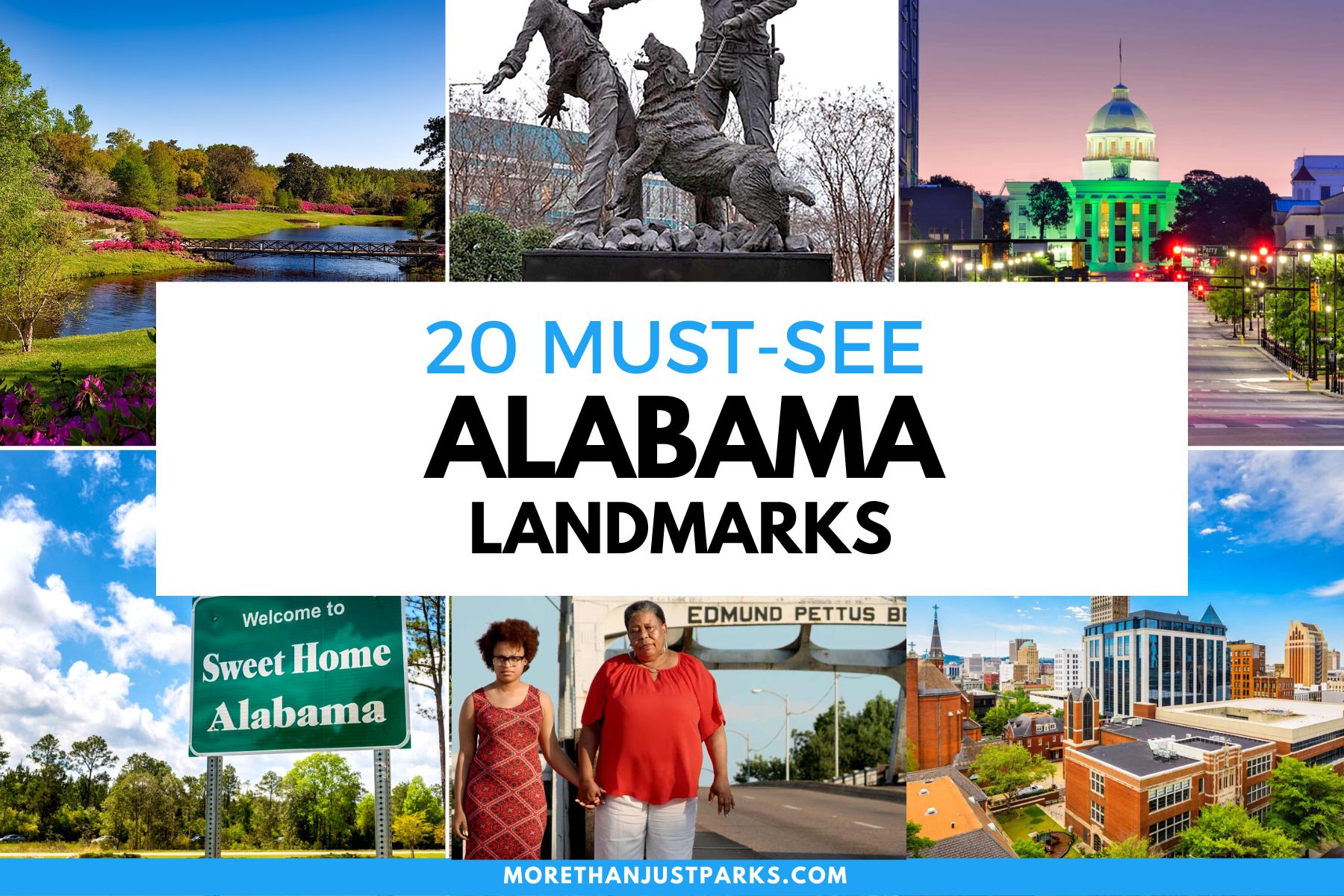
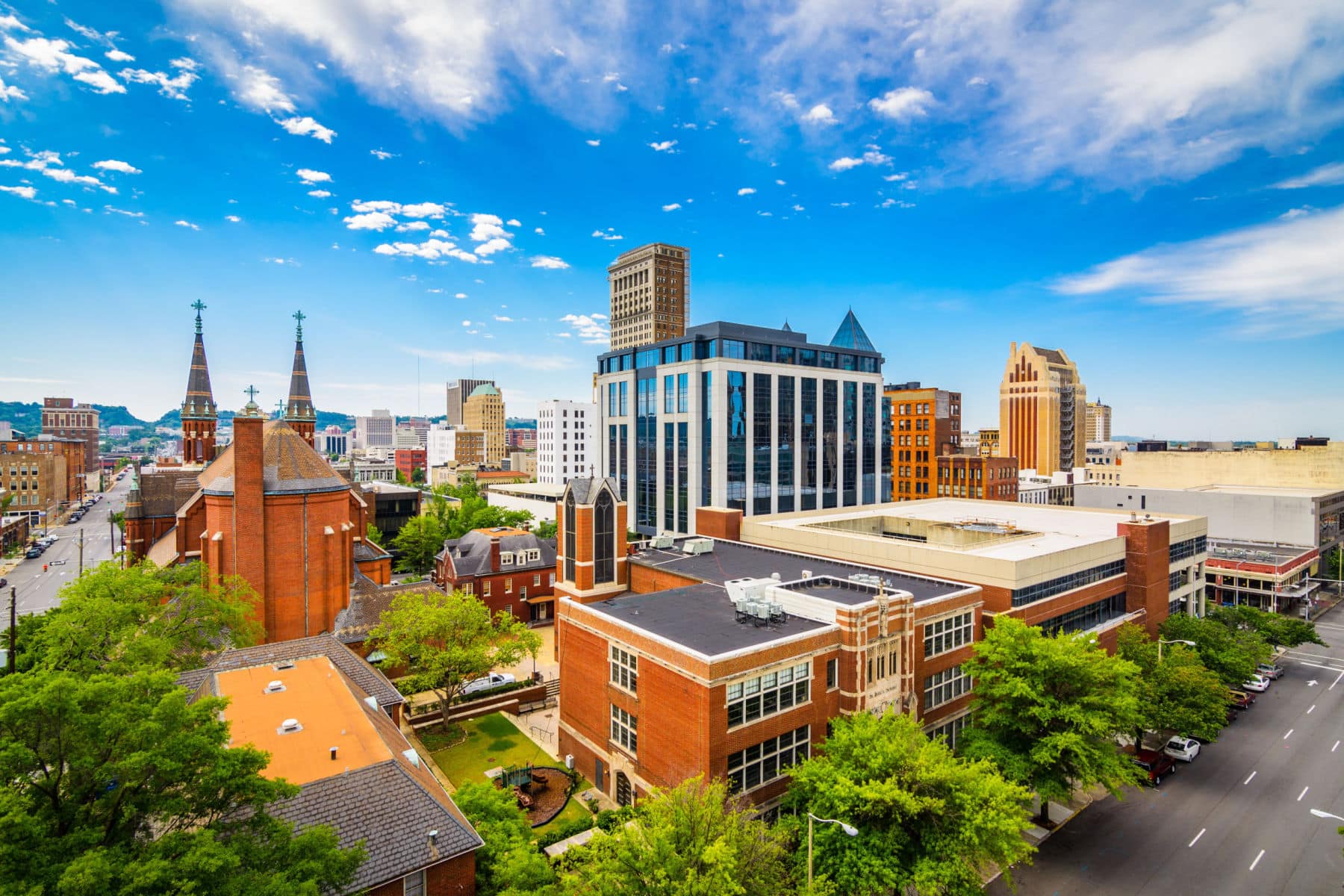
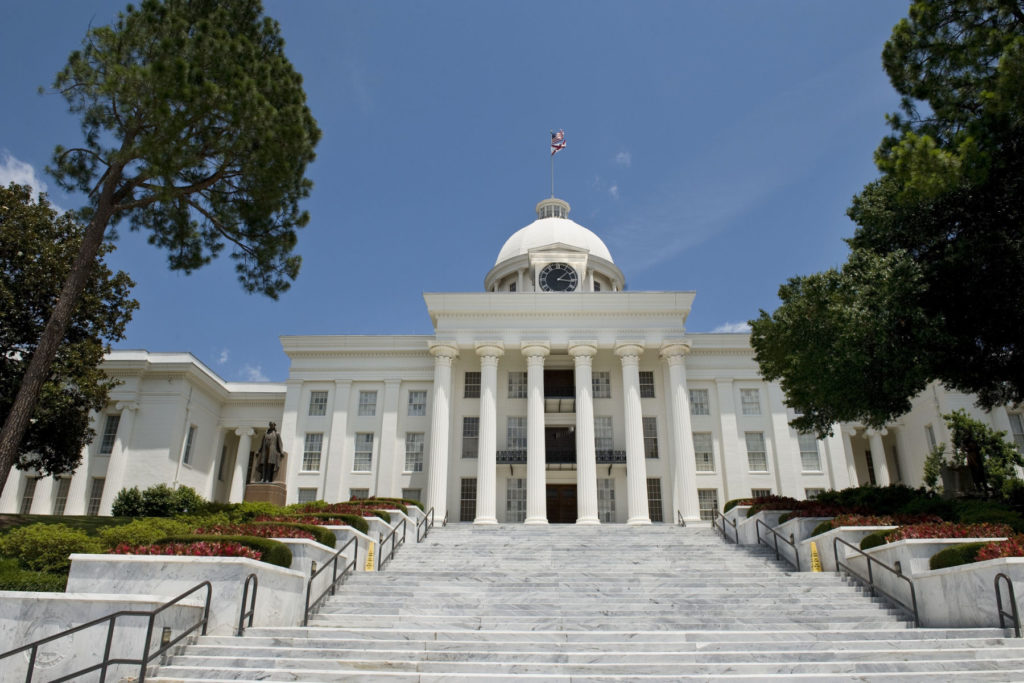

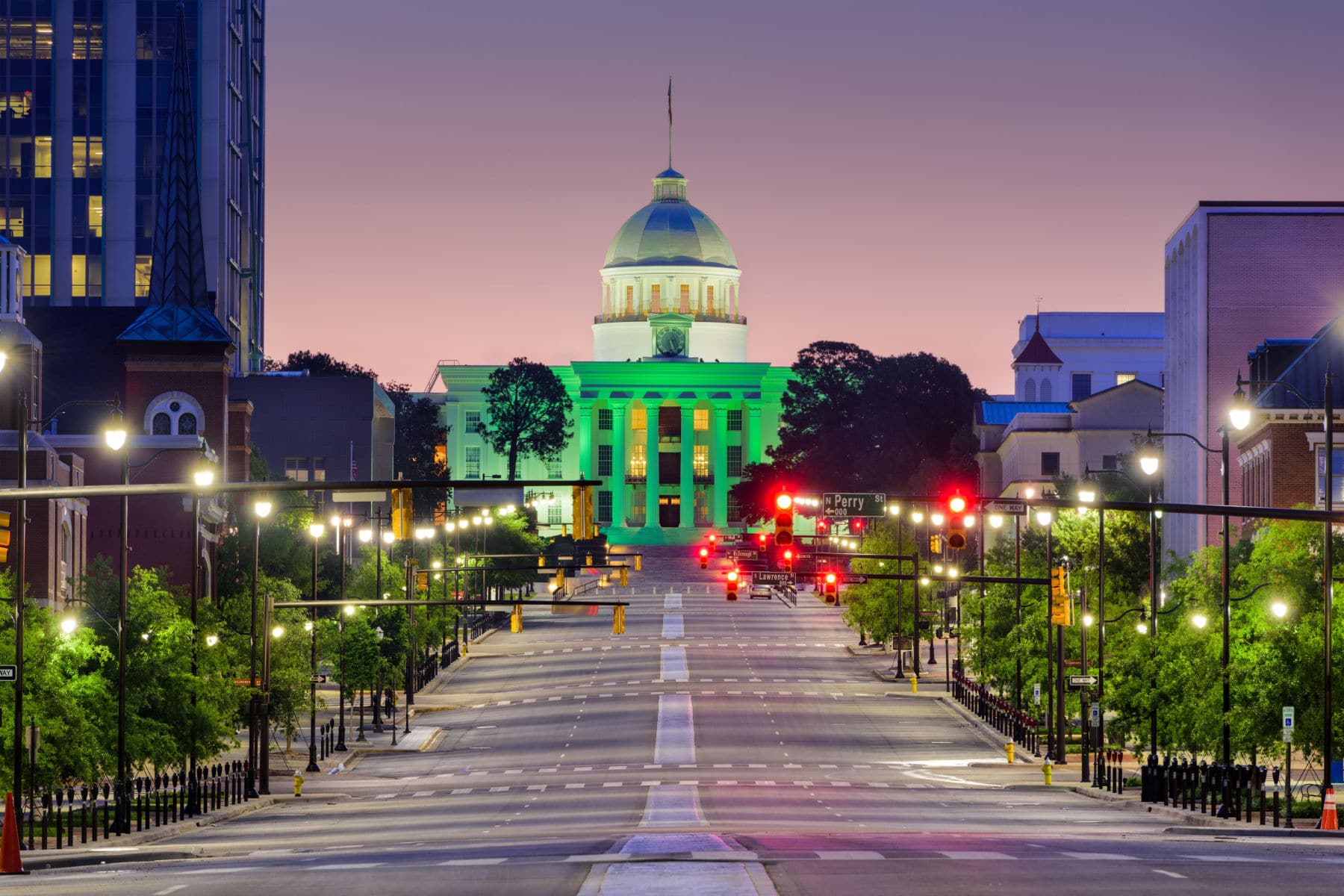
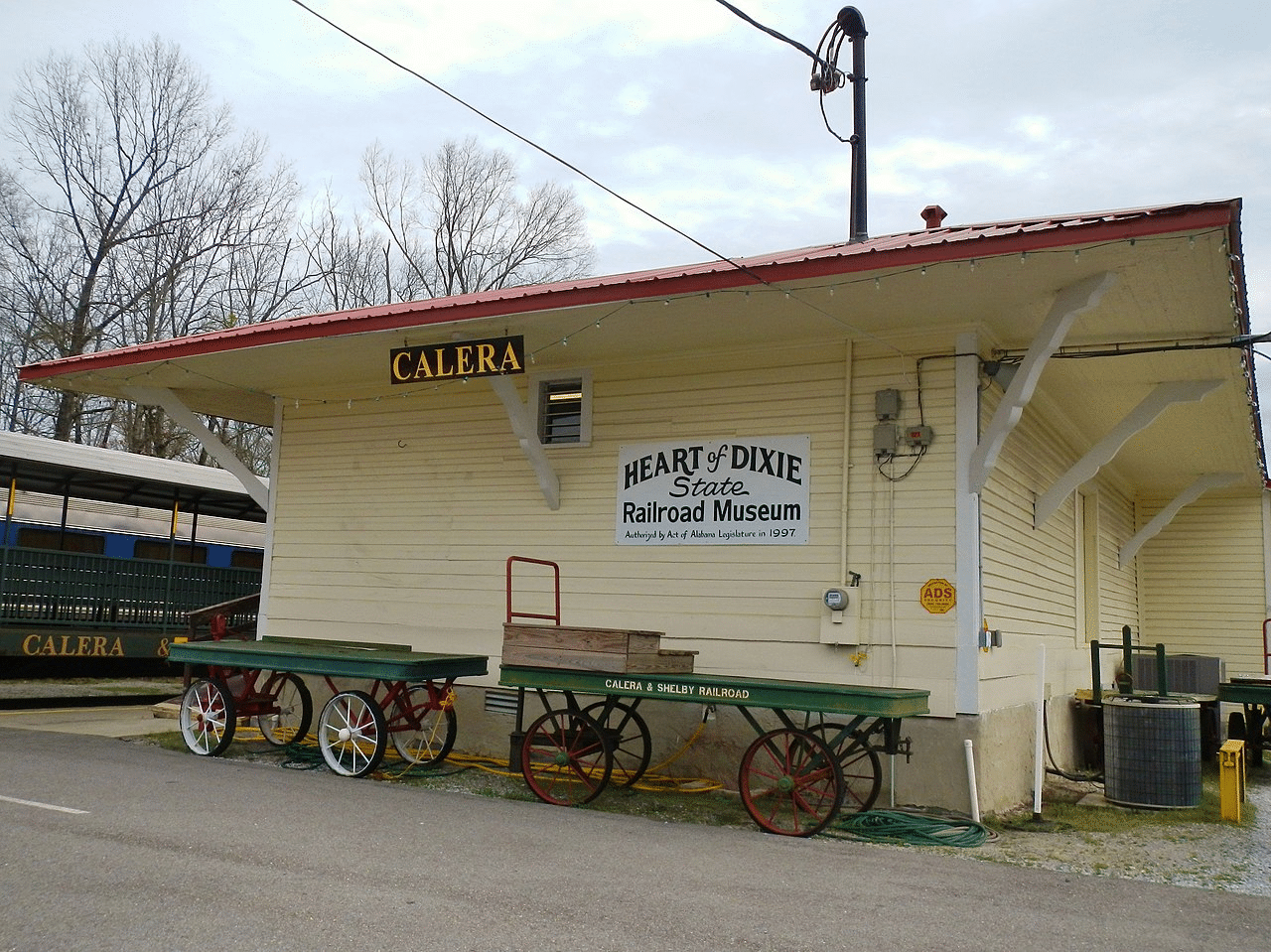
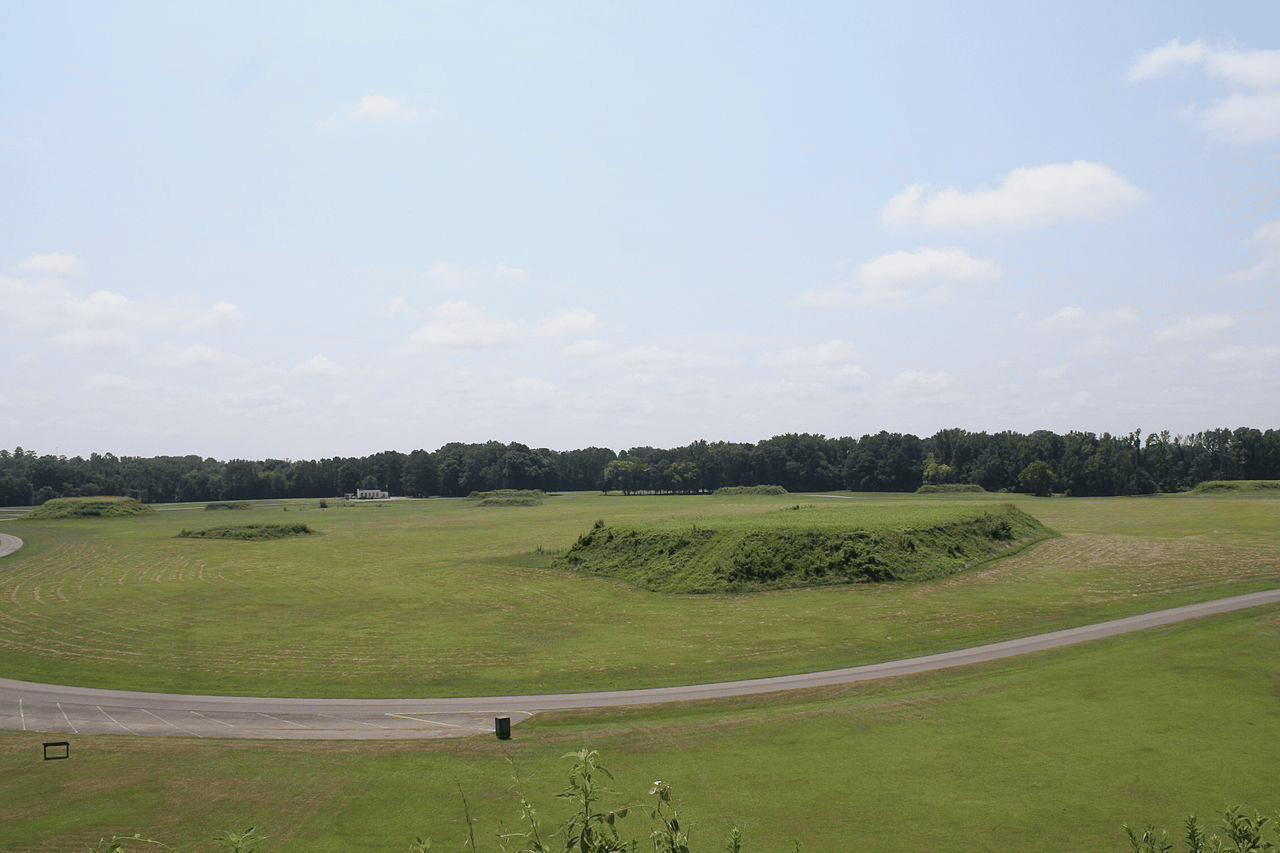


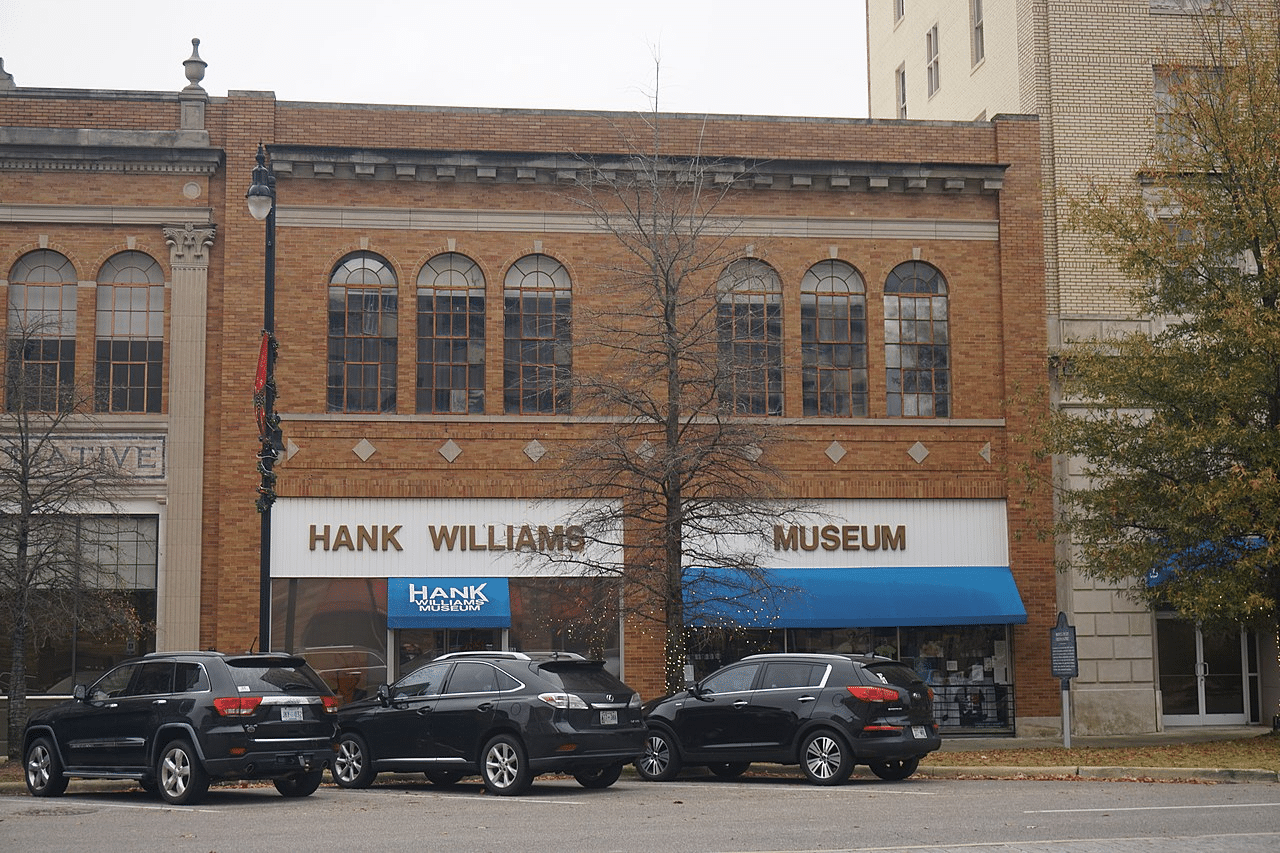
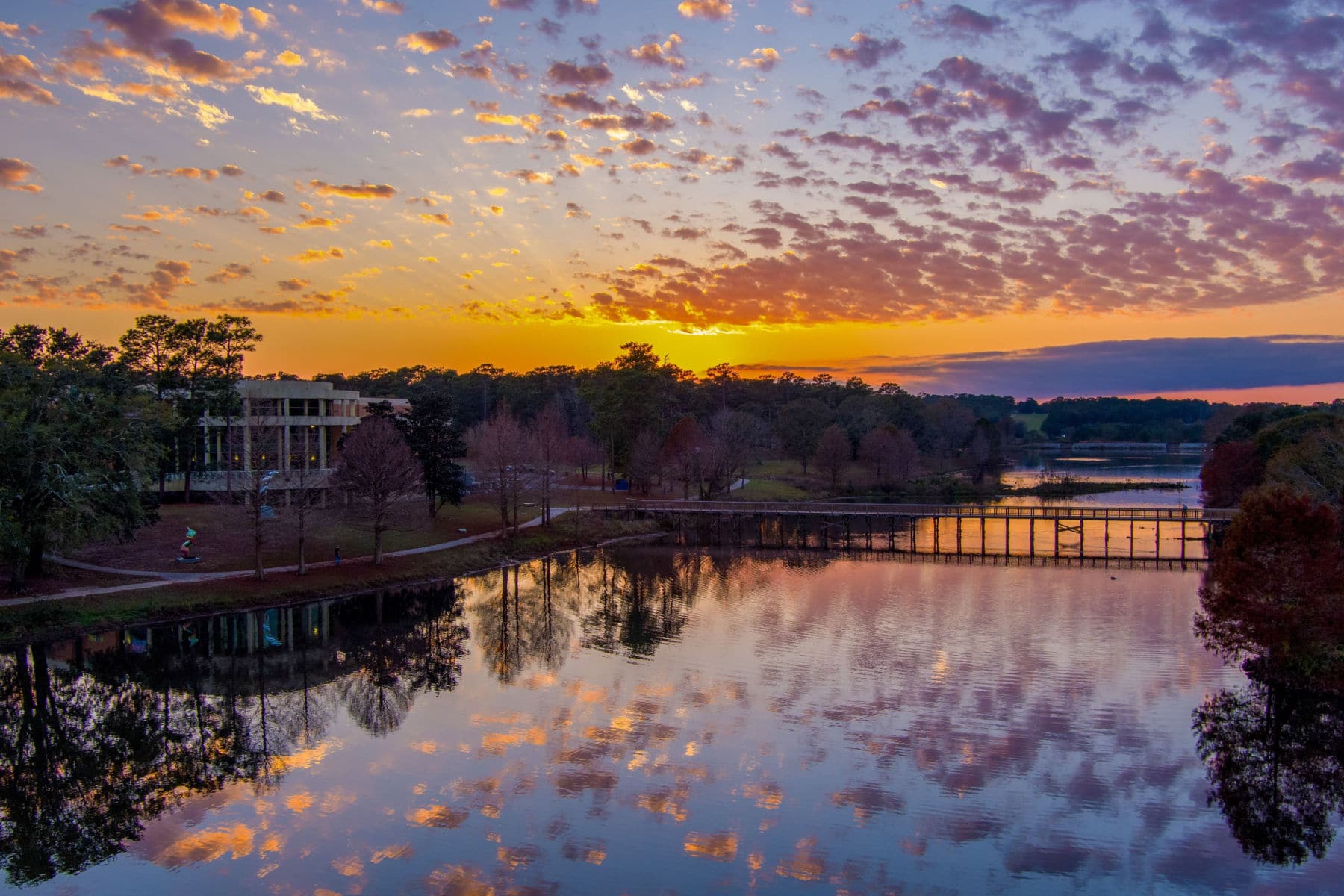





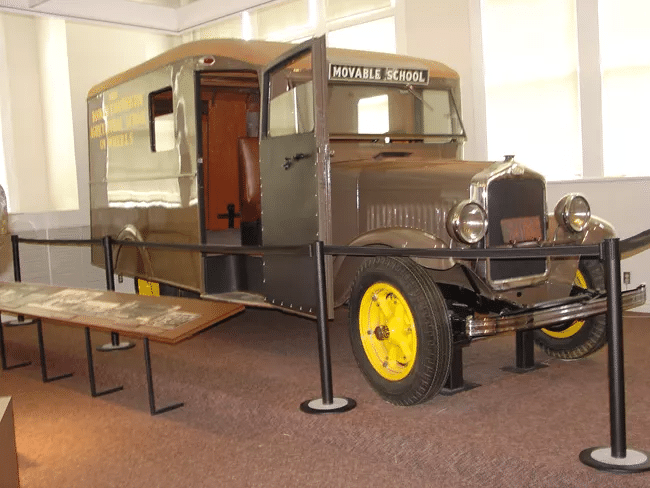
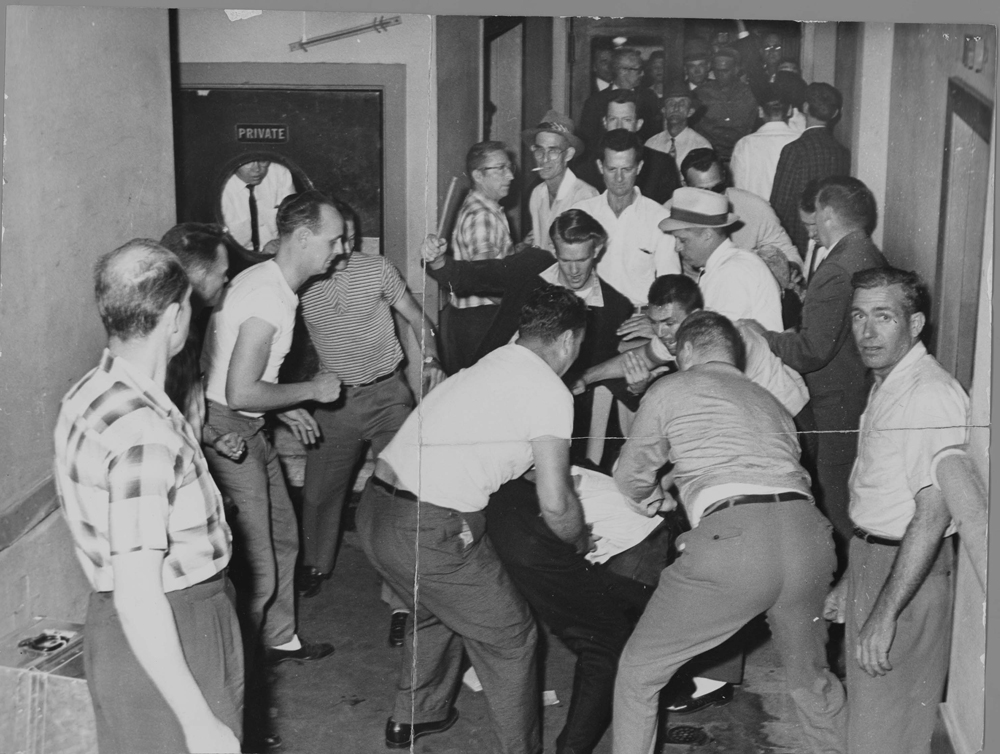
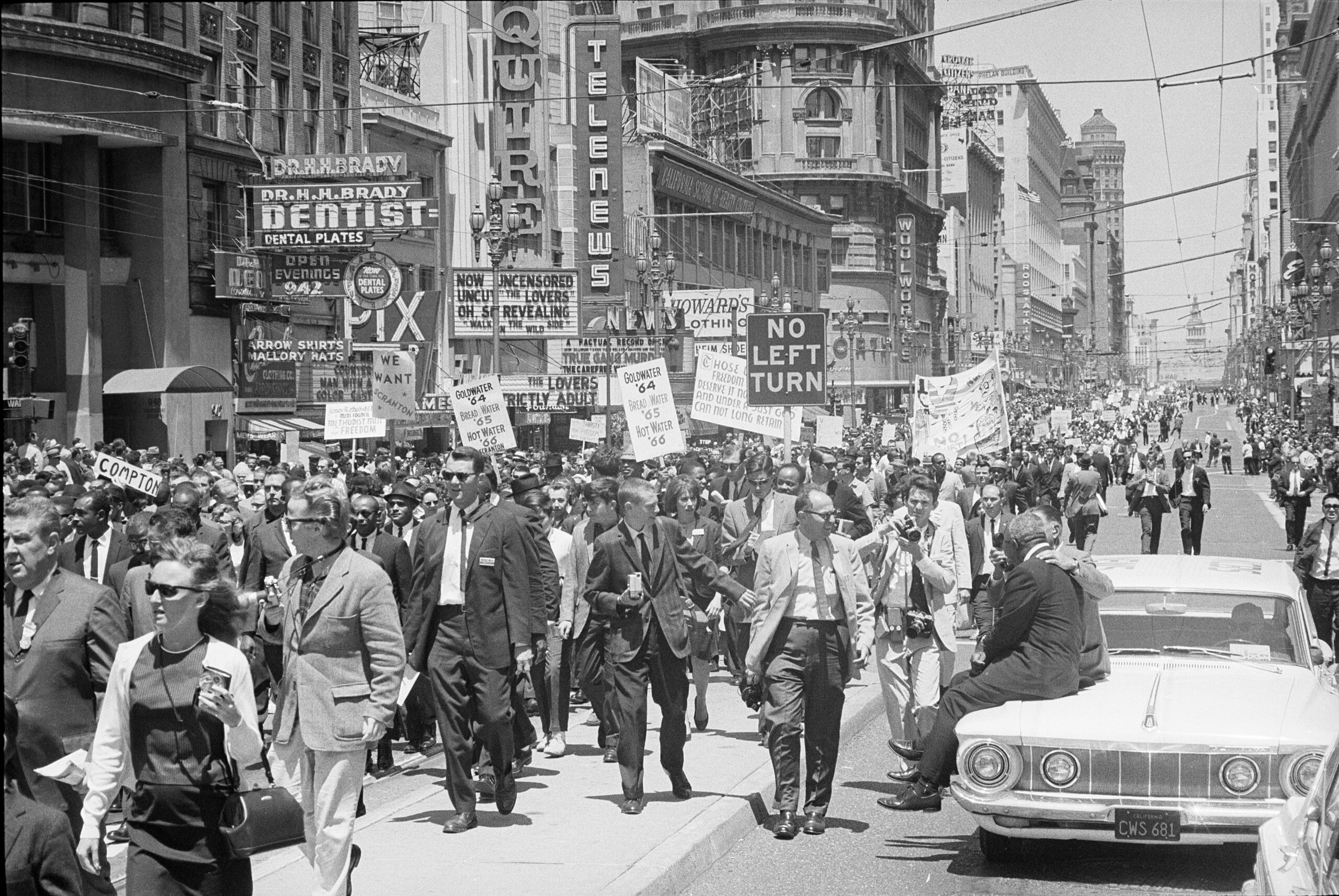



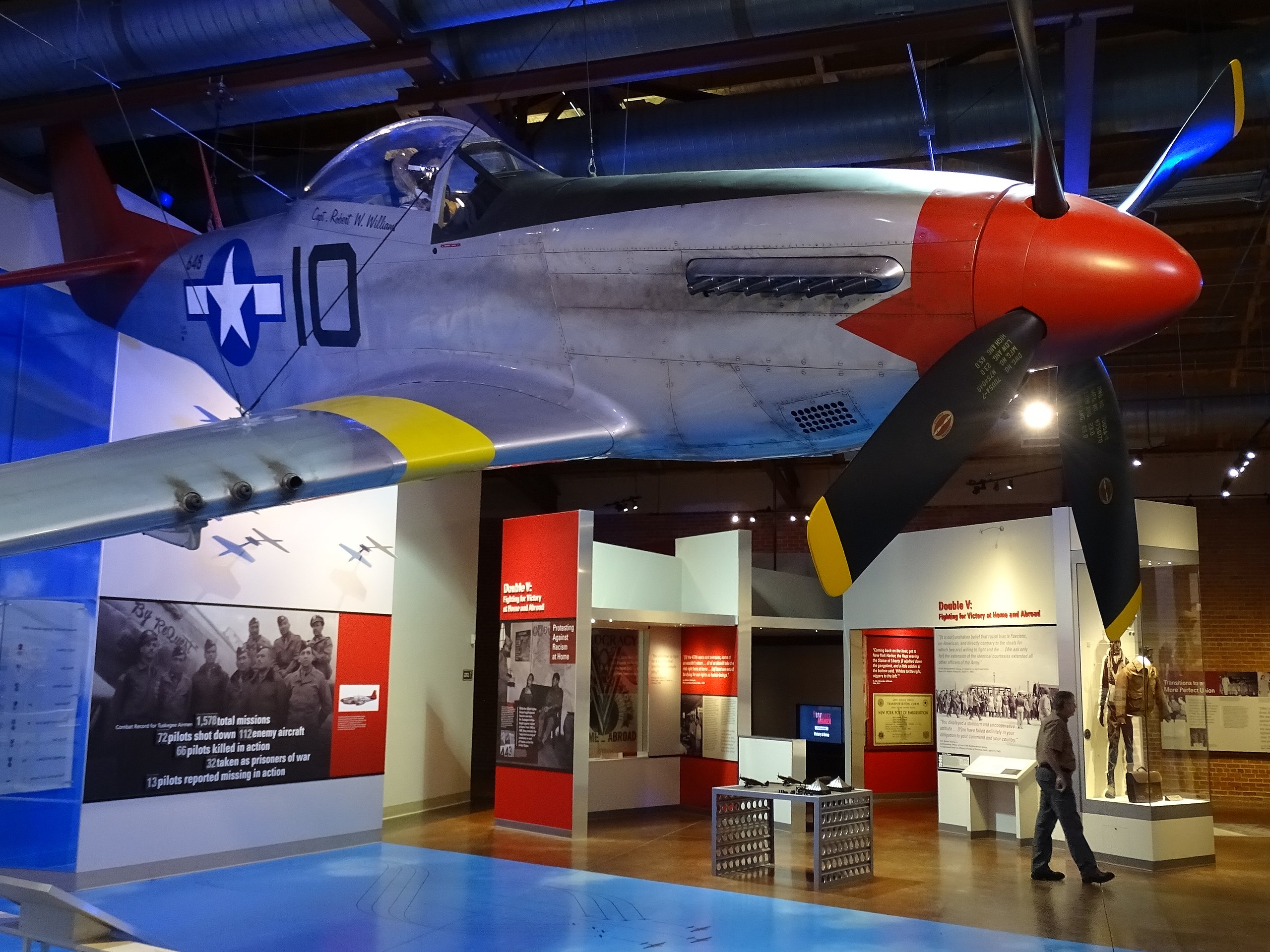
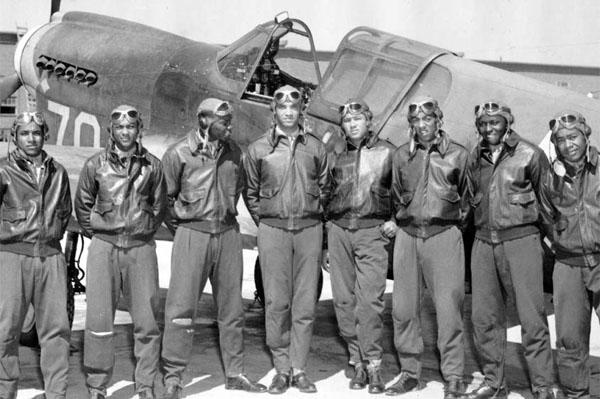
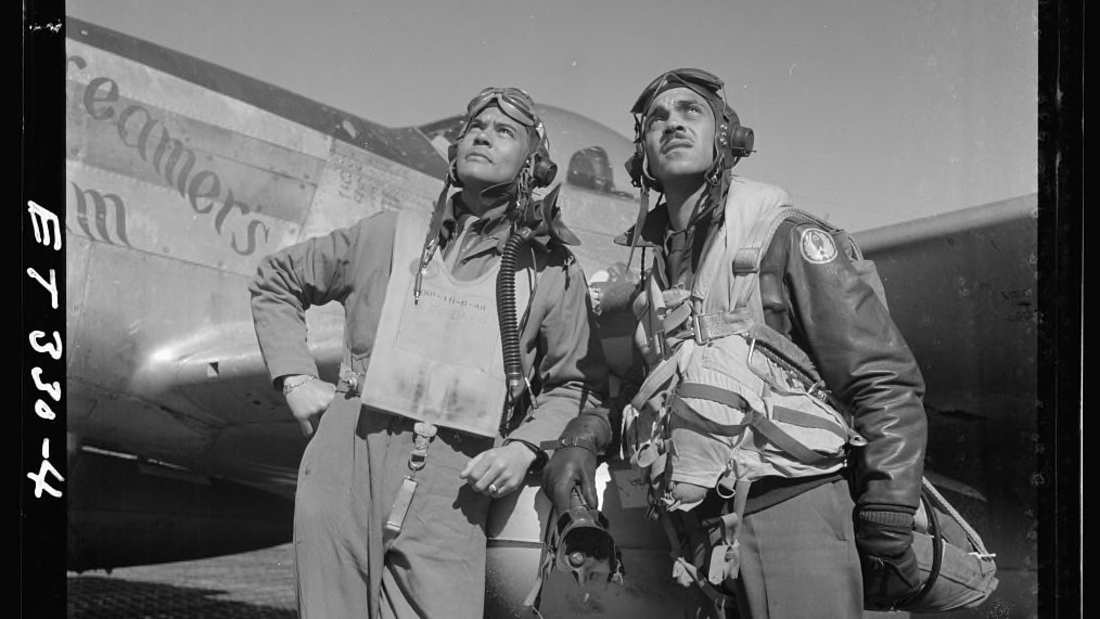
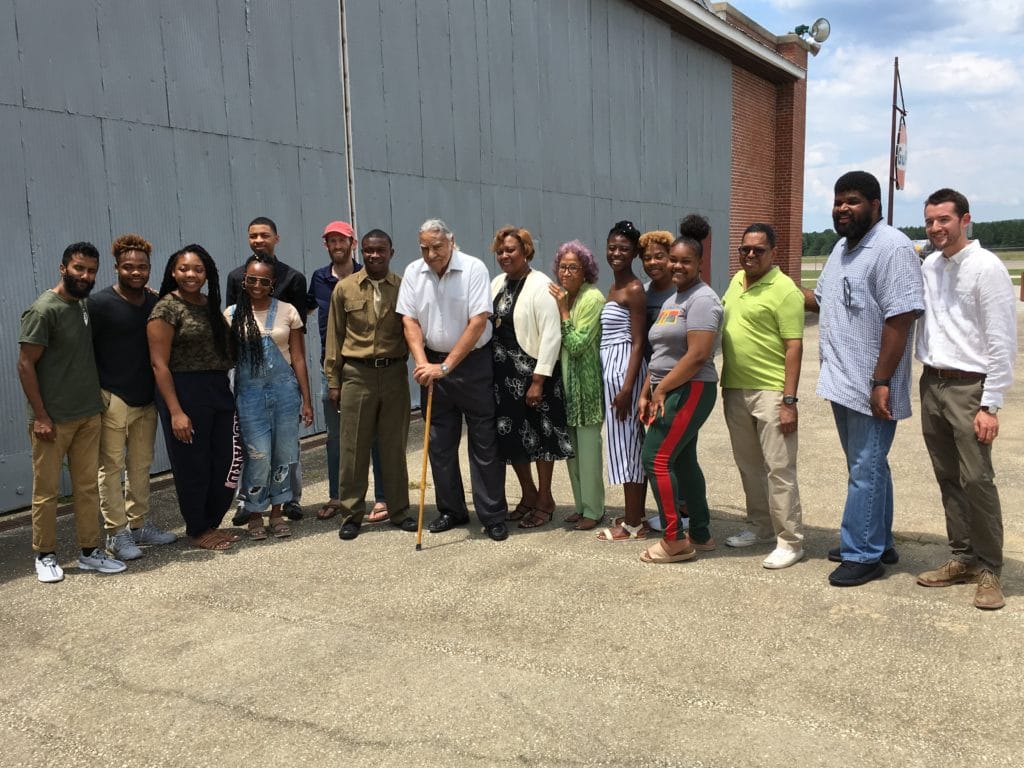


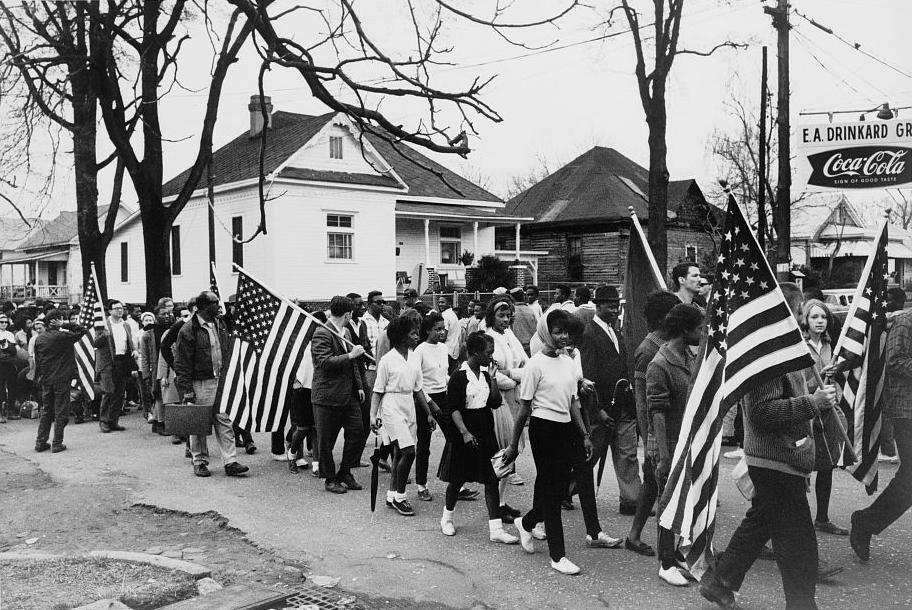

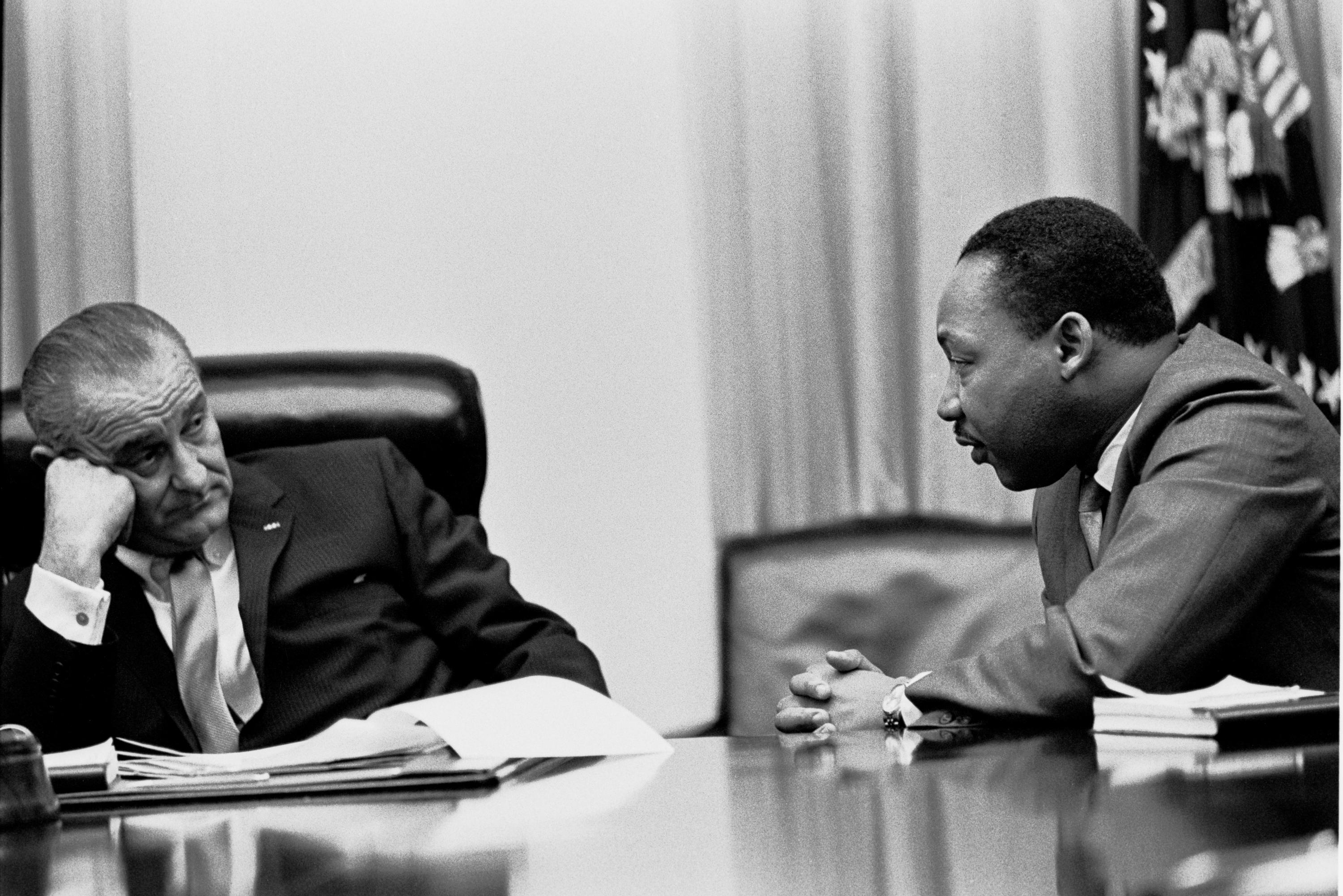


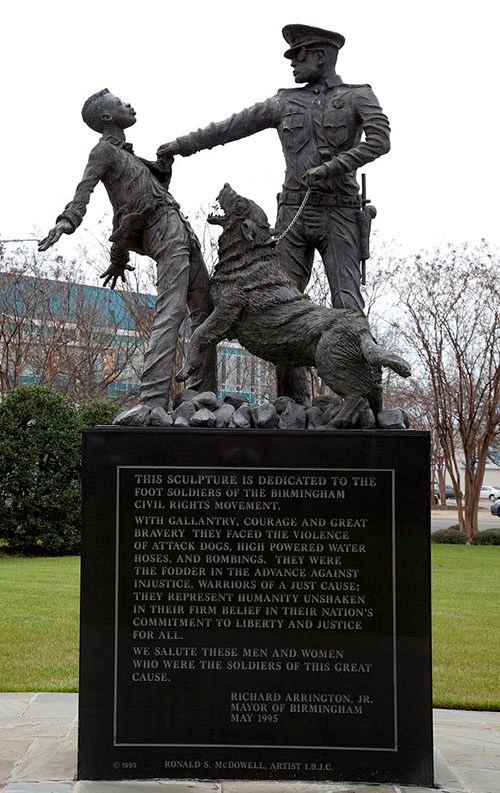

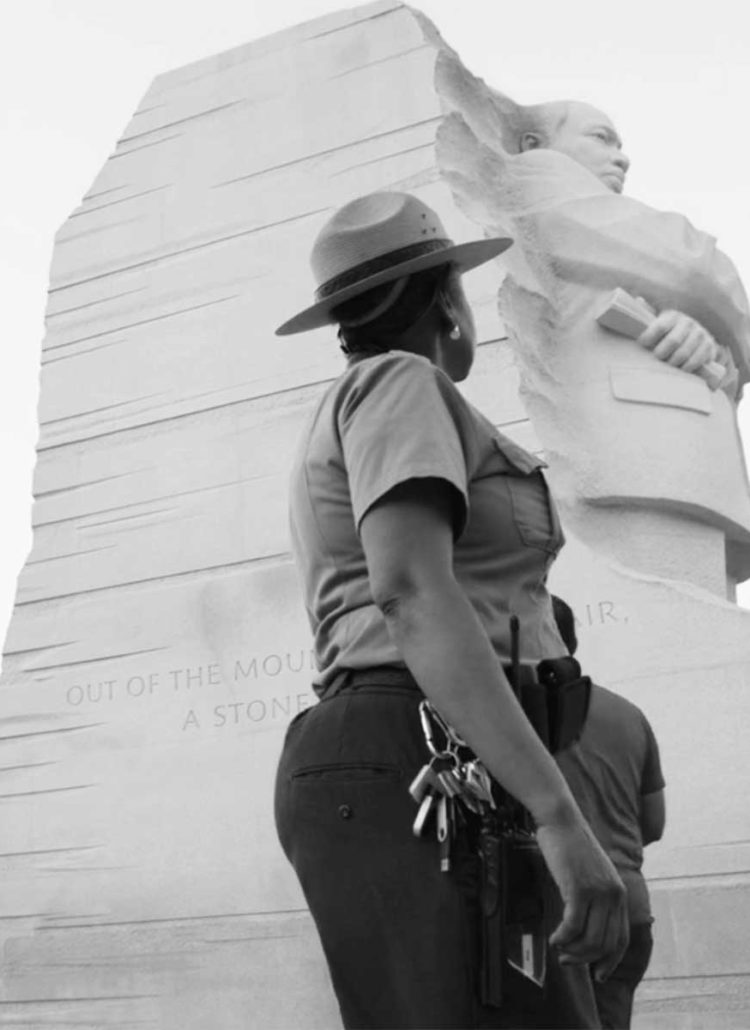

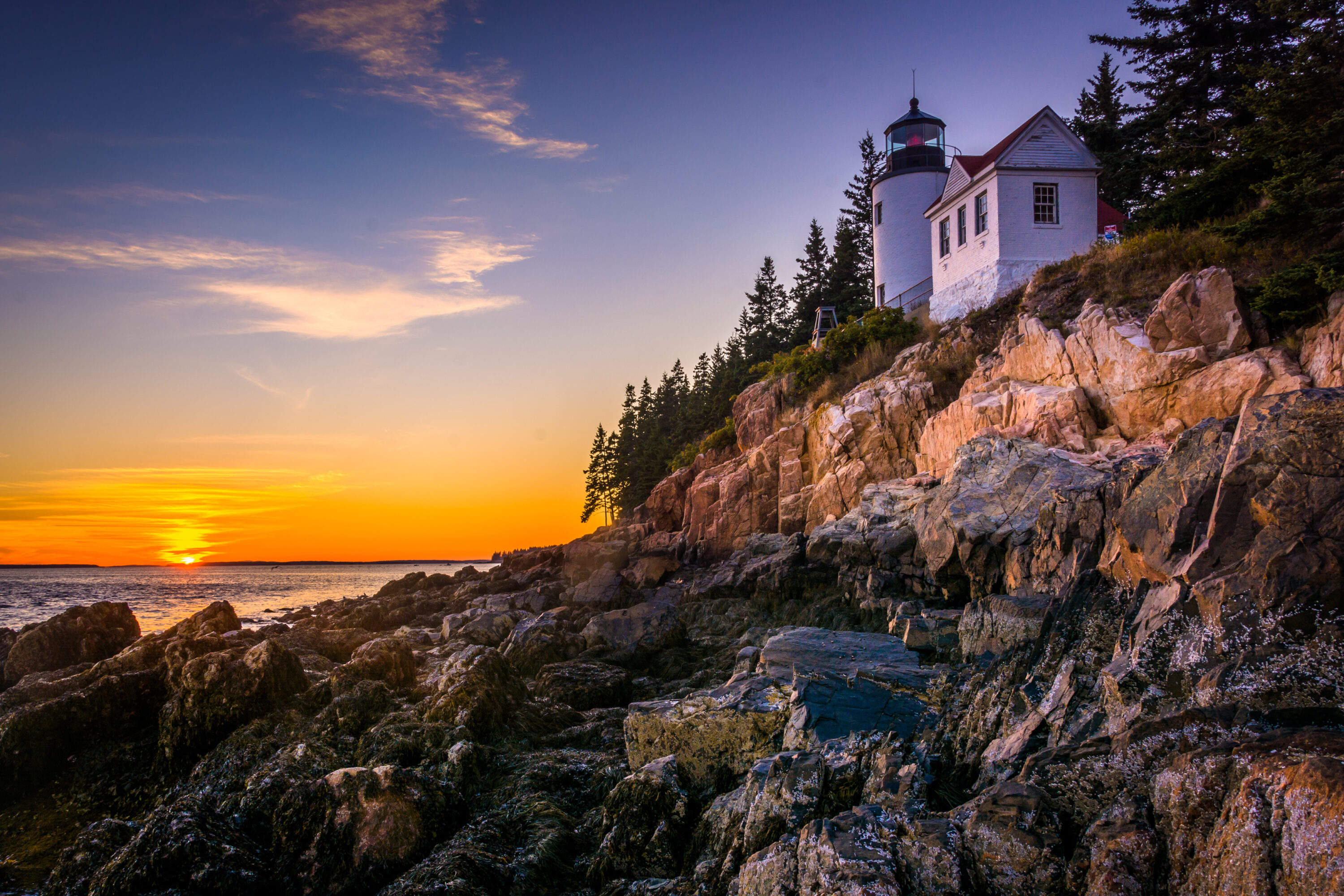
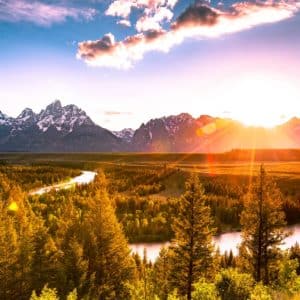

Leave a Reply